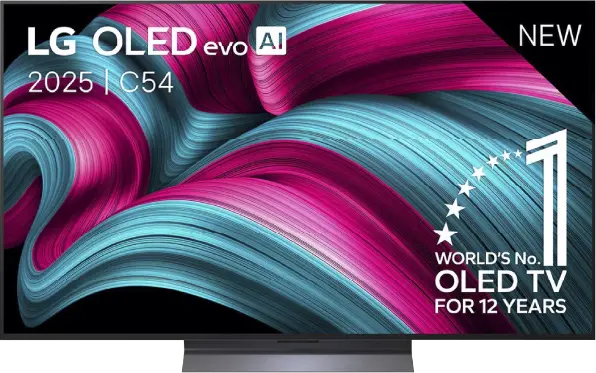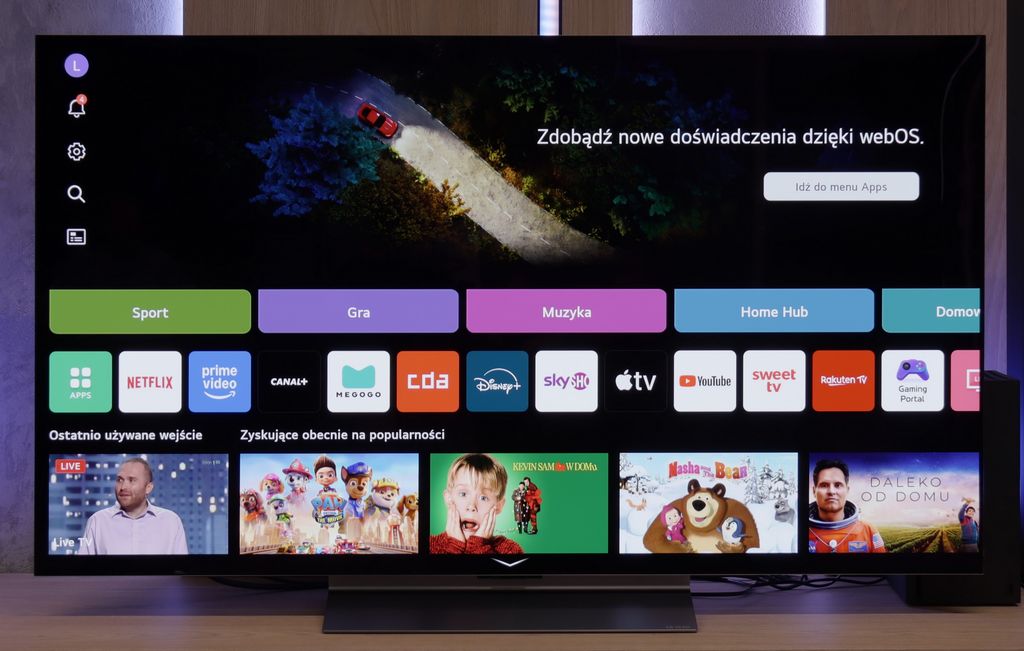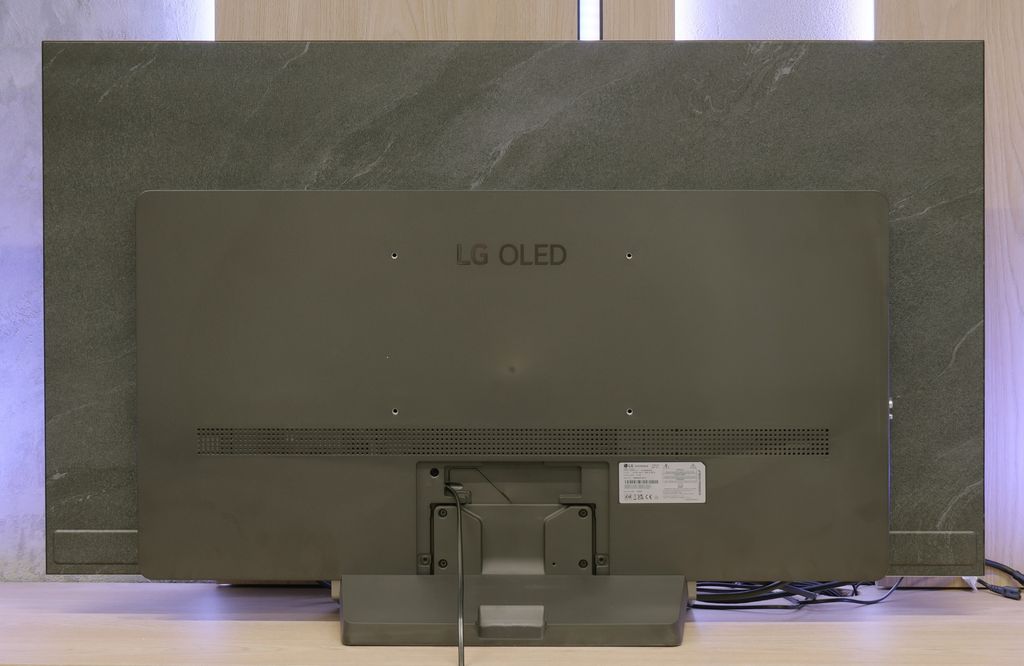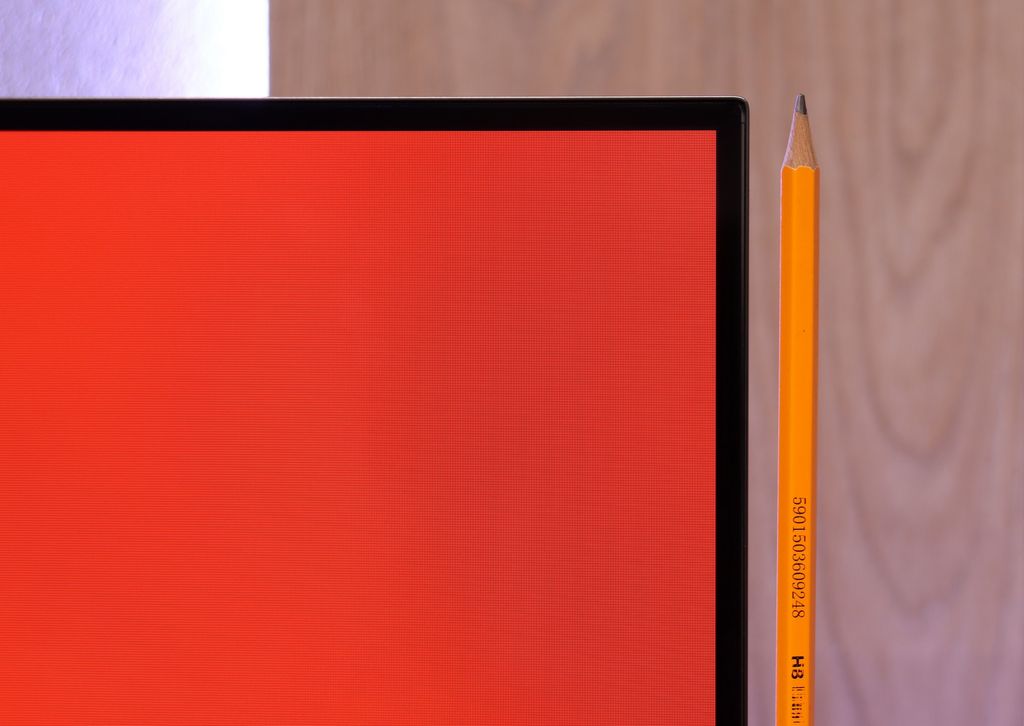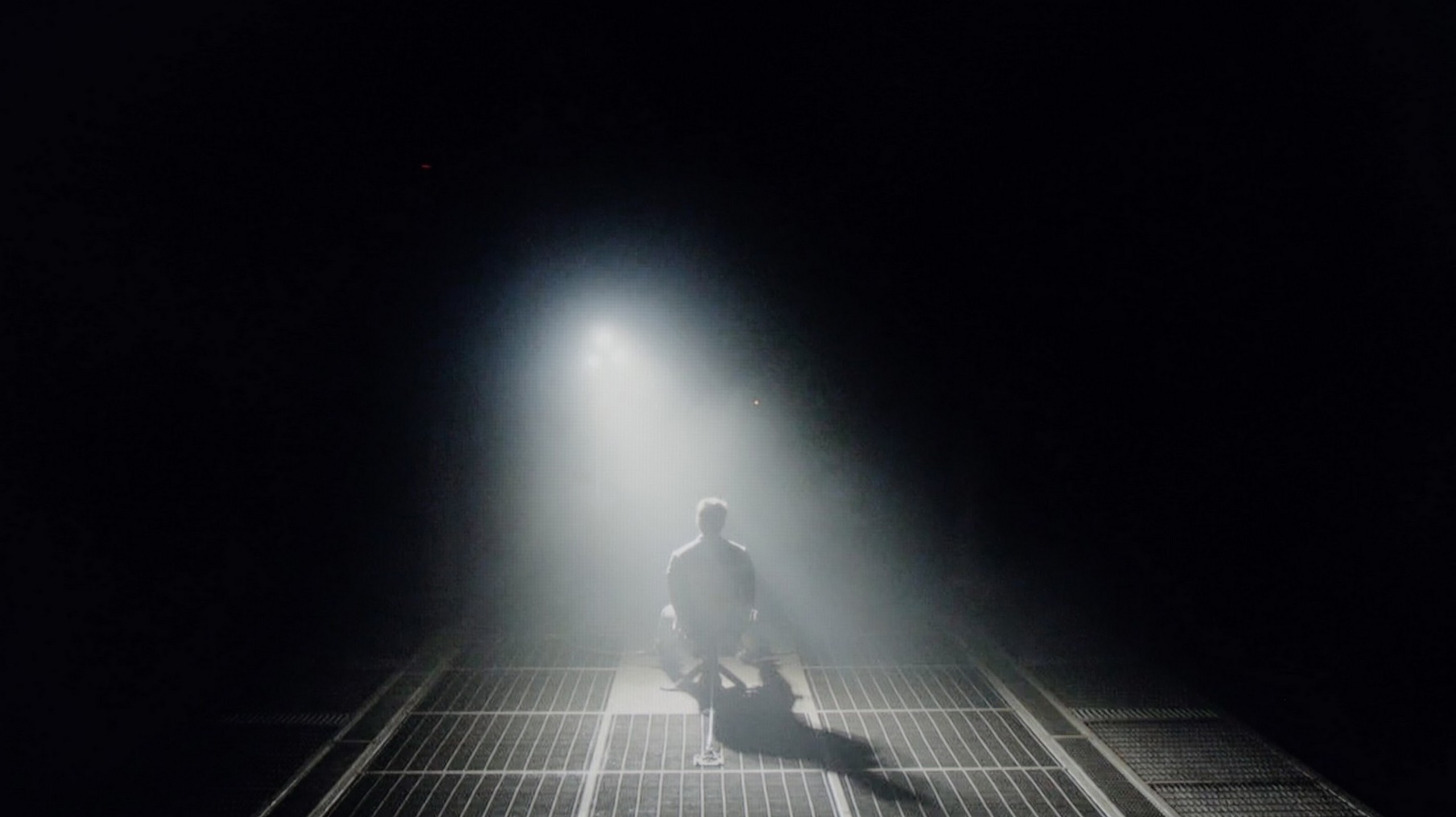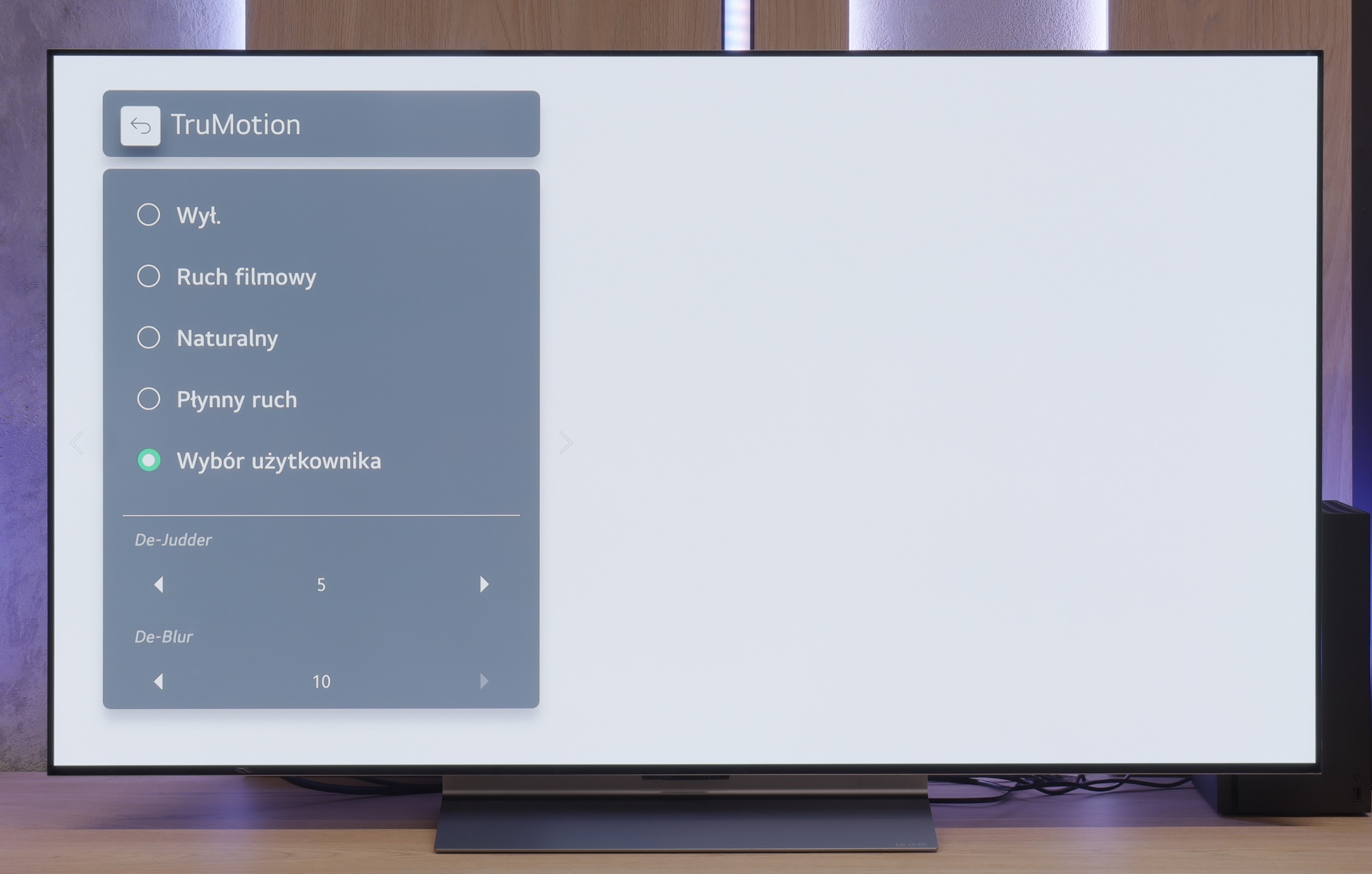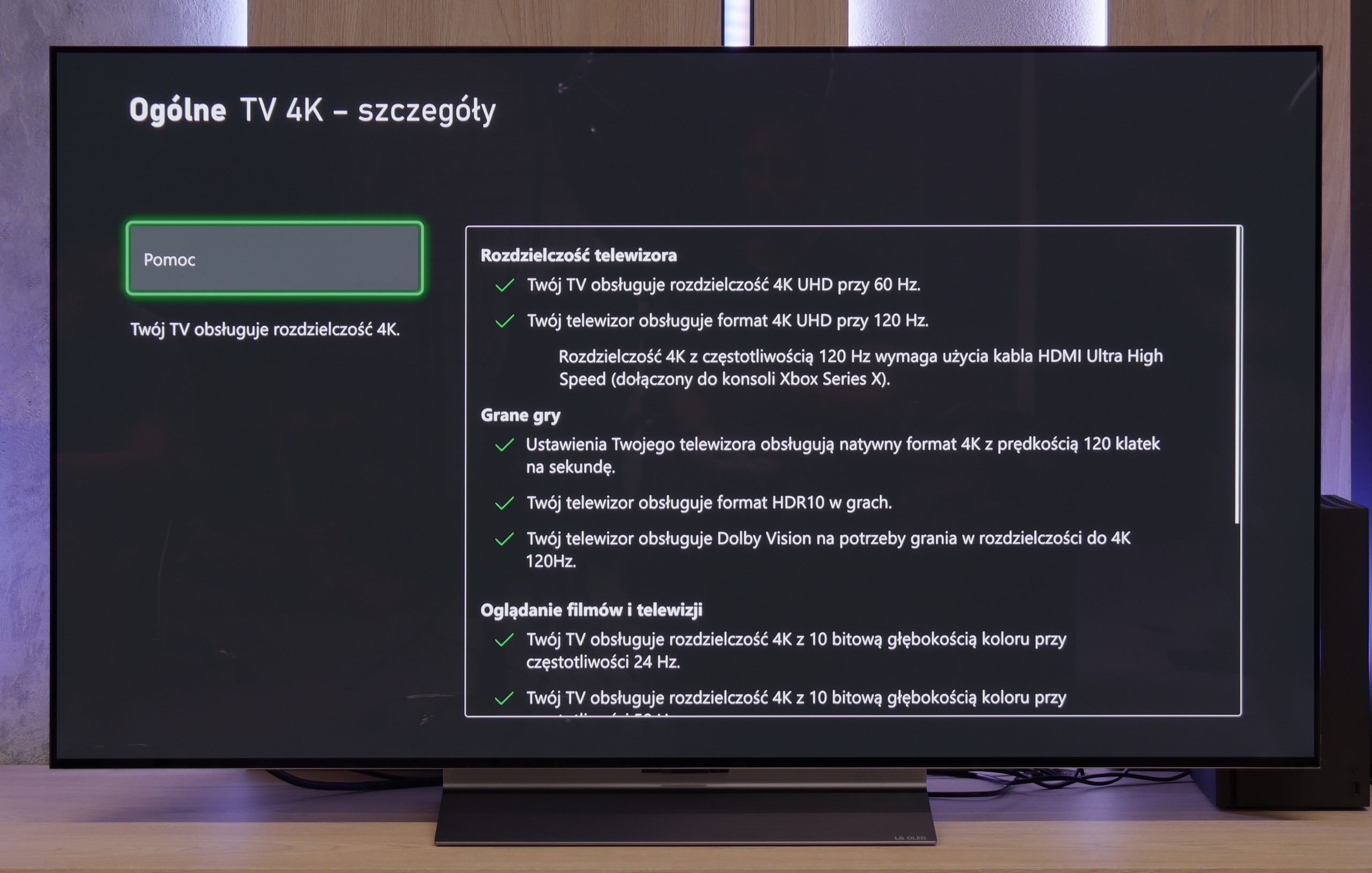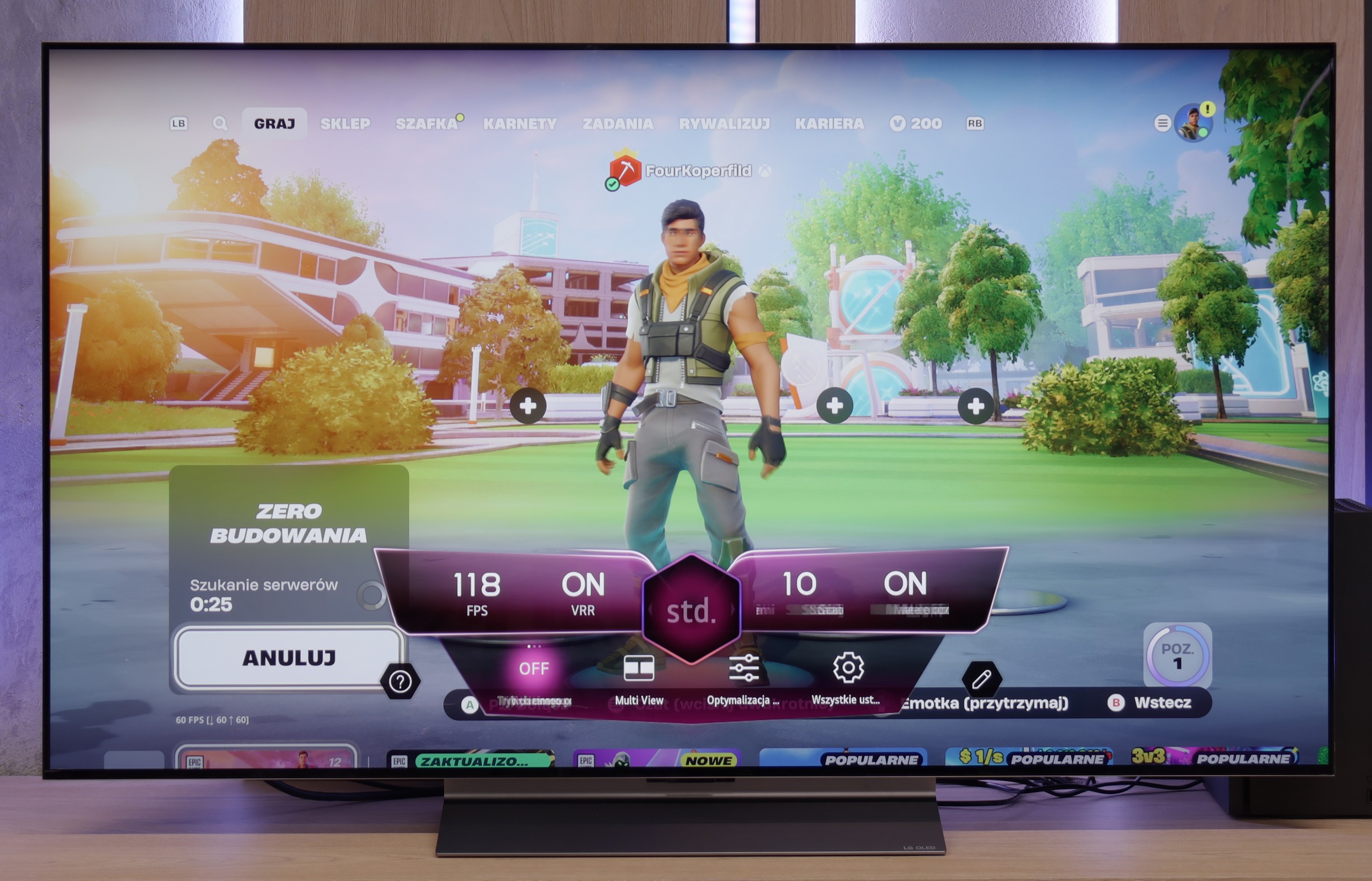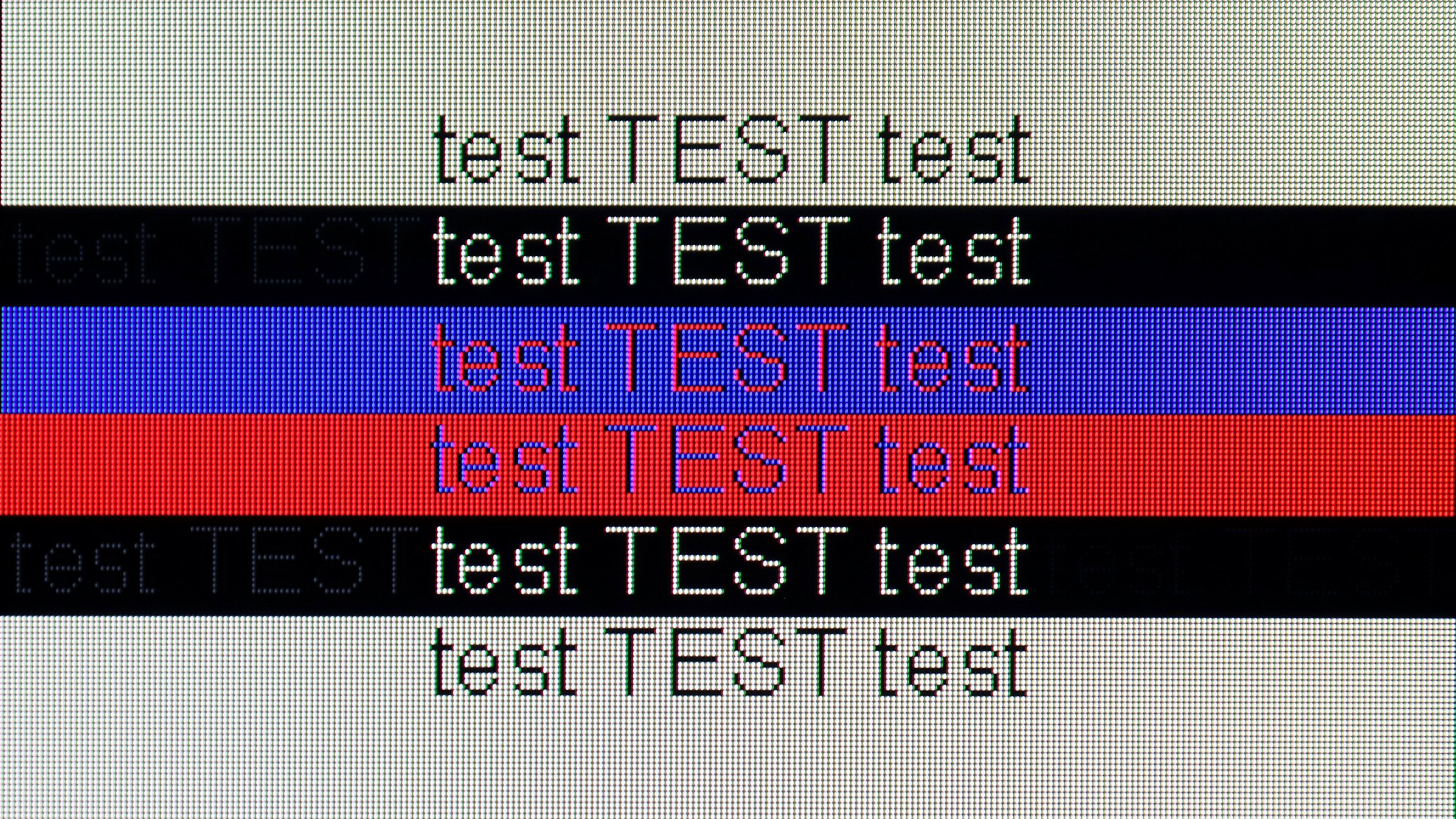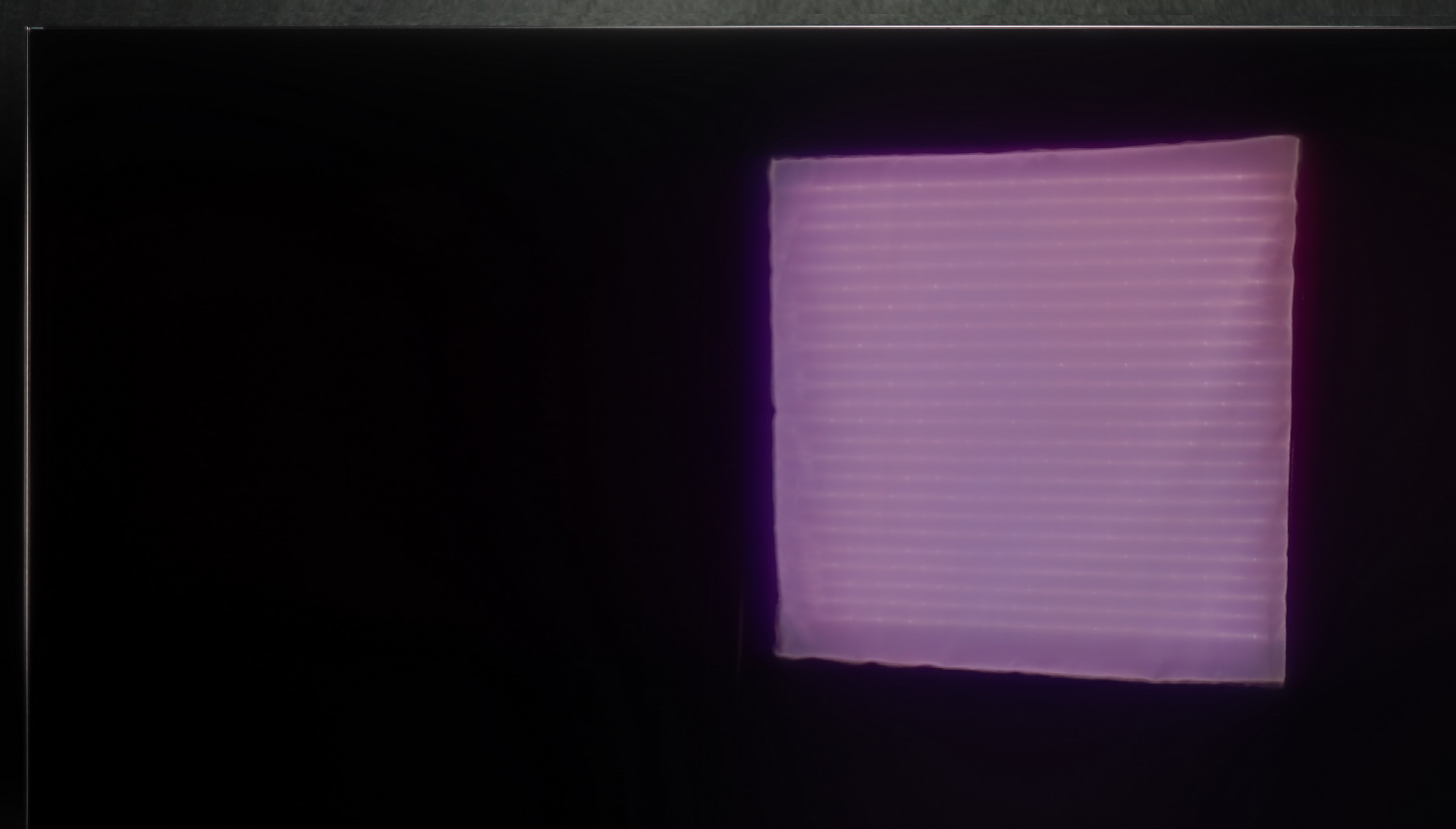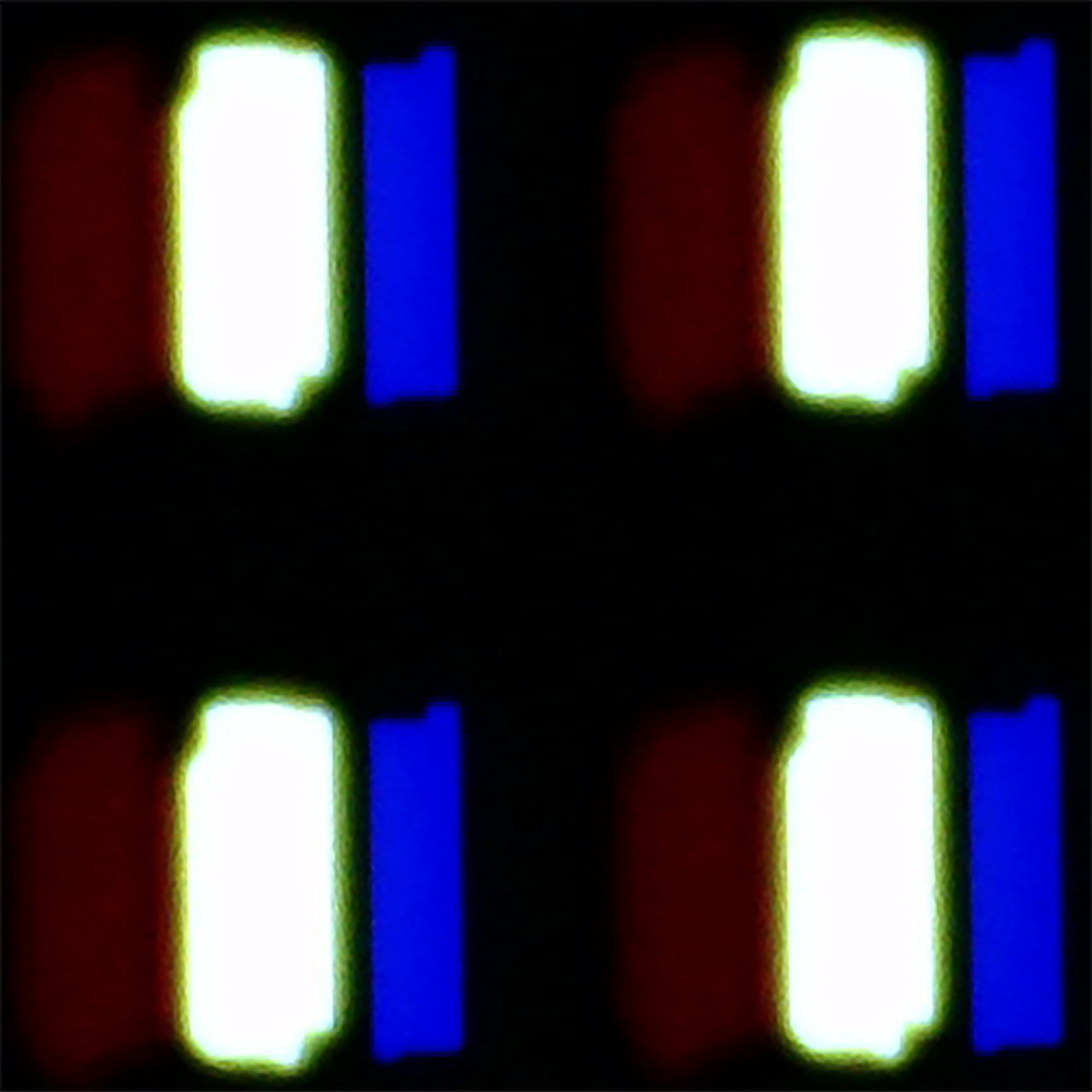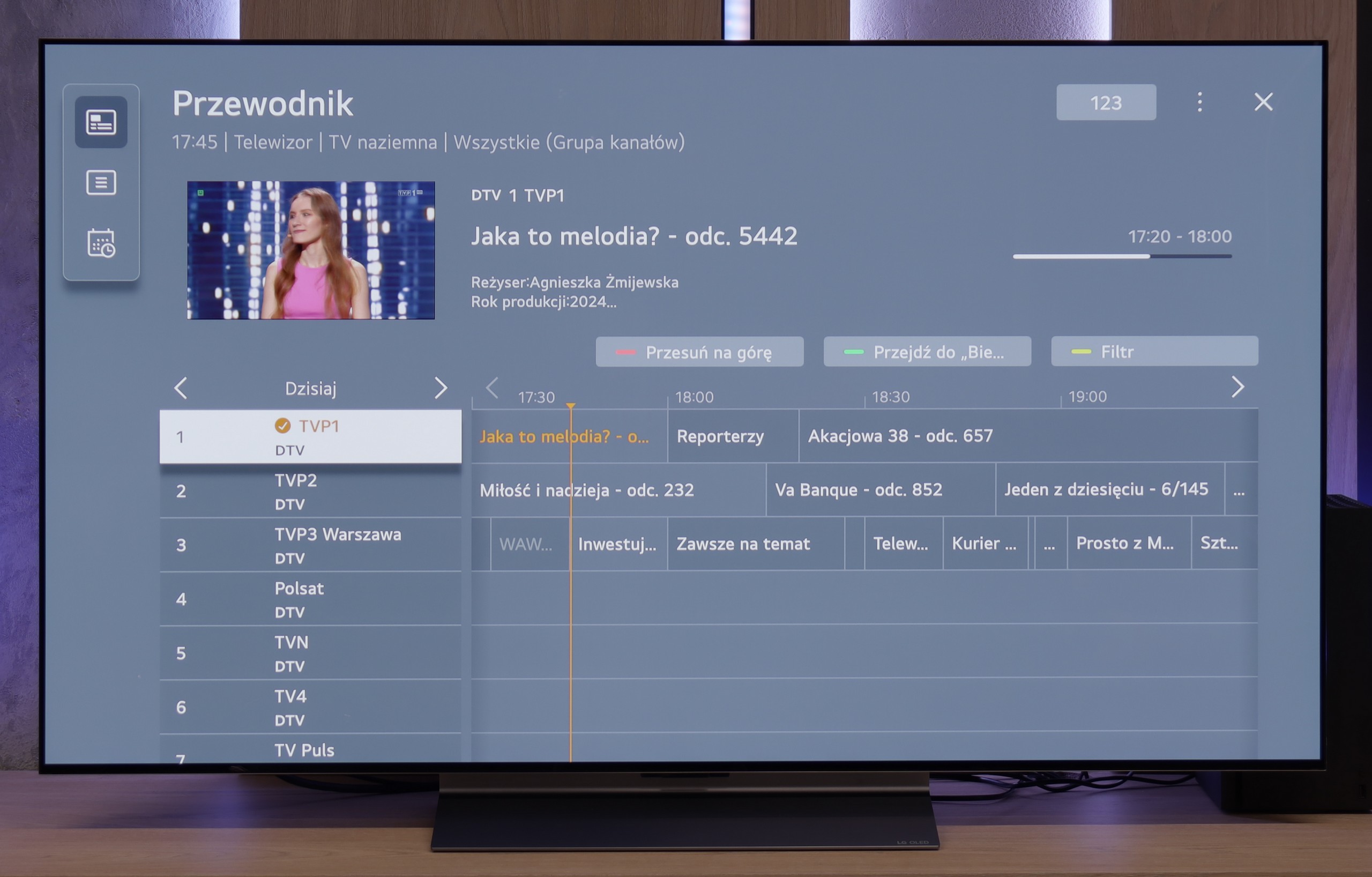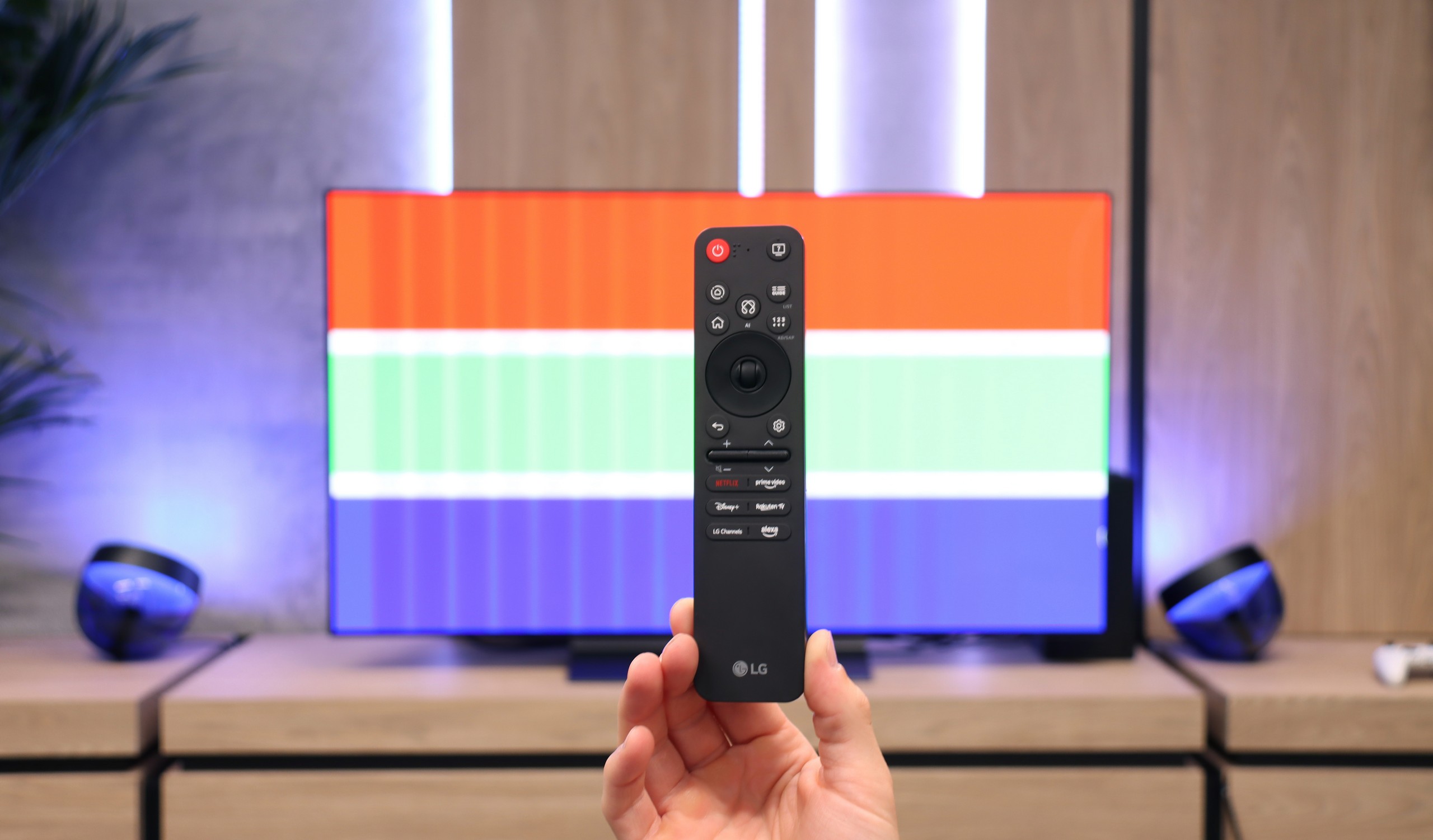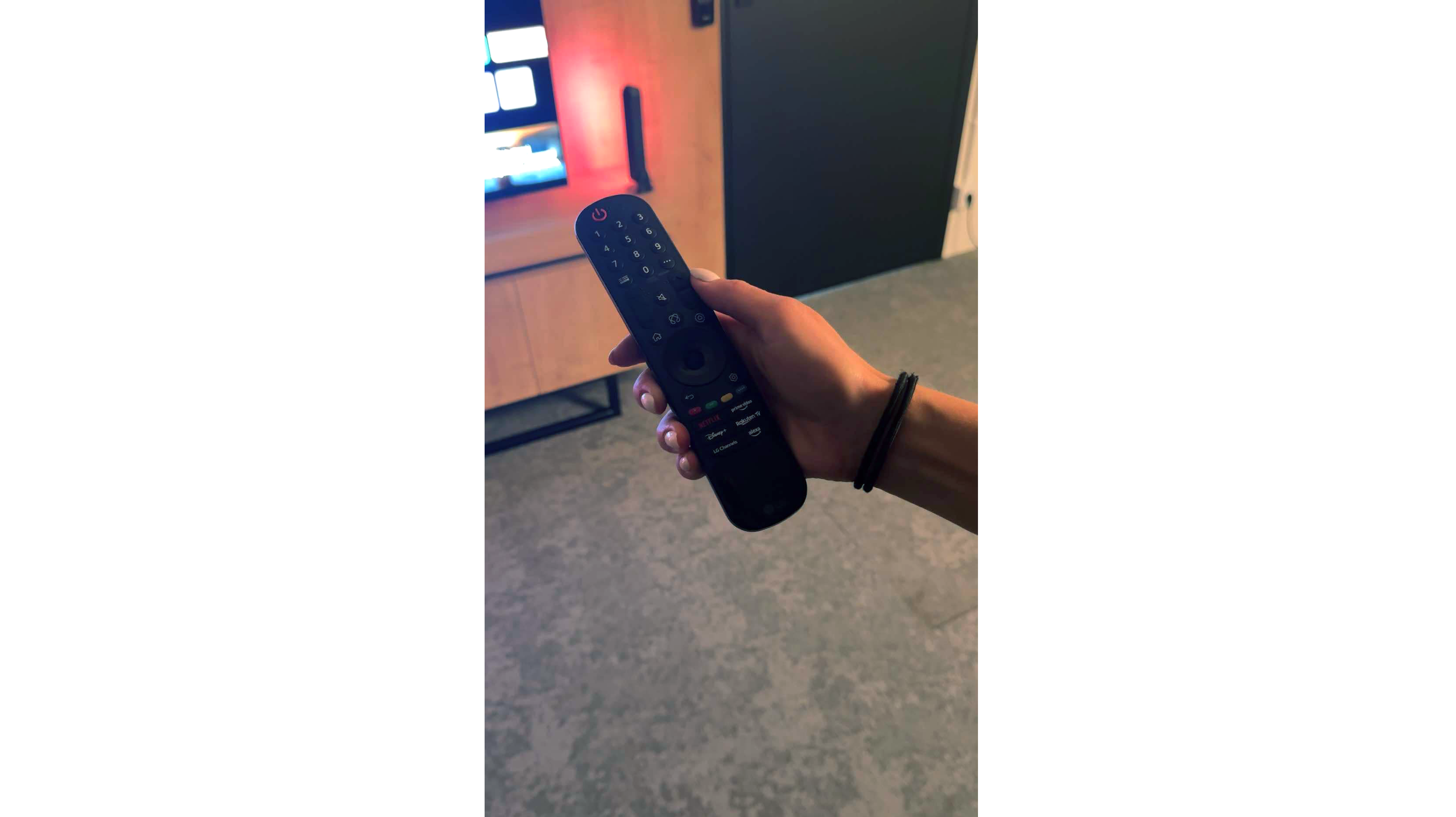The Panasonic W70A draws attention primarily because of its advanced Google TV operating system, which gives us access to a multitude of popular applications (YouTube, Netflix, Disney+, HBO Max, etc.). In terms of picture quality, the IPS panel offers wide viewing angles, so colours do not lose their intensity even when you watch a film from an angle. Gamers will also not be disappointed, as it features VRR and ALLM, along with low input lag (around 12 ms) – all of this translates to pleasant experiences during occasional gaming, despite the standard 60 Hz refresh rate.
However, it's worth noting that this is rather a basic model and has its limitations. The contrast and blacks are simply weak, which is a typical phenomenon for IPS panels, especially in dark rooms. A brightness level of around 270 cd/m² is also insufficient in heavily sunlit rooms, so the picture can seem washed out. Certain shortcomings in the software itself cannot be overlooked either. Google TV is a great foundation, but sometimes settings are scattered in surprising places, and the quality of translations leaves a lot to be desired.
It must be considered that the competition is offering more and more in a similar (or slightly higher) price range. Can the Panasonic W70A hold its own in such an environment? On one hand, it tempts with a rich app base and decent support for gamers, but on the other – the market is flooded with more polished TVs equipped with better specifications. However, if wide viewing angles and straightforward access to Google TV services are priorities, we can give it a chance. In other cases, it’s worth exploring among competitive models that often offer better blacks, higher brightness, and fewer annoying issues in the menu at a similar price.

